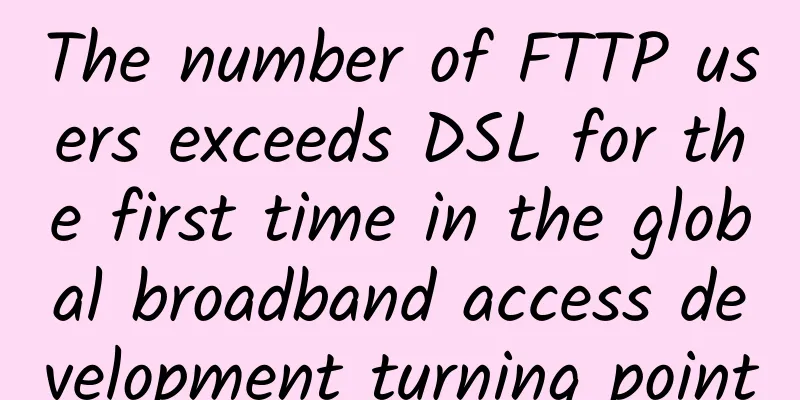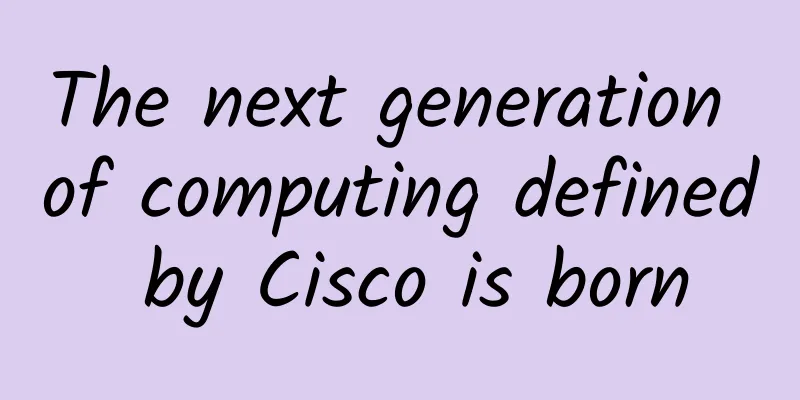Finally someone explained the role of OSI and TCP clearly

|
I have mentioned the OSI reference model and the TCP reference model before. These two models can be said to be the cornerstones of the Internet. Today we will expand on this part. The era of fighting for each otherSend an email on your computer, and your friends who are chatting on QQ on their mobile phones can receive it immediately. A long time ago... not too long ago, before 1974, devices produced by different manufacturers could not interconnect and communicate with each other, which caused a lot of trouble. Imagine sending a message to a desktop computer with an iPhone, but the desktop computer cannot receive it... The reason for this is that each manufacturer uses a different communication protocol, just like the British speak English and the Chinese speak Chinese, and one day they meet and say hello. One said: "hello." One said "Hello." No one could understand what the other was saying and there was no way to communicate at all. People realized that if everyone did not unify the protocol, the development of the Internet would be greatly restricted. OSI Reference ModelIn 1974, ISO (International Organization for Standardization) stepped forward and said to everyone: "I will be the leader, and everyone will work according to one standard." Thus the OSI model was born. As long as everyone complies with this protocol, all devices can interconnect and communicate. Just like Esperanto invented by Zamenhof in 1887, everyone speaks Esperanto, and people from the British, Chinese, and other countries can communicate with each other. British: "Sa." Chinese: “Sa.” Oh! It turns out that the other party was saying hello to me. The OSI reference model divides the computer network architecture into seven layers. If everyone follows the standards, devices can communicate with each other and transmit information. Comparing computer network architecture to a post office, then:
The OSI reference model was proposed, which was of epoch-making significance. However, OSI was only a conceptual model, which did not explain how to implement it. Moreover, the model was too rigorous and complex, resulting in low communication efficiency. TCP/IP ModelThe OSI model is too idealistic. It defines the reference model first and then the protocol, which makes it difficult to implement. Therefore, TCP/IP, which defines the protocol first and then the reference model, quickly became the actual mainstream network protocol standard. OSI is like Esperanto, which is too idealistic and not popularized, while TCP/IP is like English, which has become the most widely used language in the world. As long as you want to communicate with other computers and exchange information through the Internet, you must comply with the TCP/IP protocol. Compared with OSI, TCP/IP simplifies the high-level protocols and integrates the session layer and presentation layer, which provide similar services, into the application layer, reducing the communication levels and greatly improving communication efficiency. The four layers of TCP/IP are:
OSI and TCP/IP are two very important models. Without them, the Internet exists today. |
<<: What attacks can hackers launch using TCP/IP?
>>: How much money has 5G burned? The accounts of the three major operators are all here
Recommend
Fiber will play a key role in 5G development
CommScope recently said that in the future of bro...
F5: Now is the time for digital transformation
On February 1, 2018, the annual core media commun...
V.PS: €4.17/month KVM-1GB/20GB/1TB/Hong Kong Data Center
V.PS is a site under xTOM, providing VPS hosts ba...
Chinese companies are strong in 5G R&D, spectrum strategy planning needs to be implemented
In recent times, 5G has become popular in the cir...
Talking about IPv6 technology research in 2019
In March 2019, the "Report on the Implementa...
Where are the telecom operators headed in 2019?
Change leads to smooth flow, while no change lead...
Network Automation Market to Surge Over the Next Decade
According to the latest forecast from Future Mark...
Research shows: 5G will drive the development of the digital economy
How does 5G fit into this? As remote work, video ...
Deutsche Telekom warns: Banning Huawei will hinder Europe's 5G development
Europe will fall behind the United States and Chi...
10gbiz New Year Promotion: Hong Kong/Los Angeles CN2 GIA line VPS 40% off $2.75/month, Bare Metal Server 58% off
10g.biz has launched its 2022 New Year event. In ...
Four major issues and three major directions: these are what you should know about 5G pre-commercial use!
At the MWC that just ended last week, 5G can be s...
In fact, IPv6 is not so perfect
Everything has its two sides, and technology is n...
Python Programming: How Much Do You Know About Core Protocols: Function Protocol Numbers and Context Management Protocols
Preface In the previous few articles, several cor...
10 best practices to make your first IoT project a success
A recent Cisco study found that 75% of IoT projec...
5G industry virtual private networks are advancing with the times
5G breaks through the limitations of communicatio...









